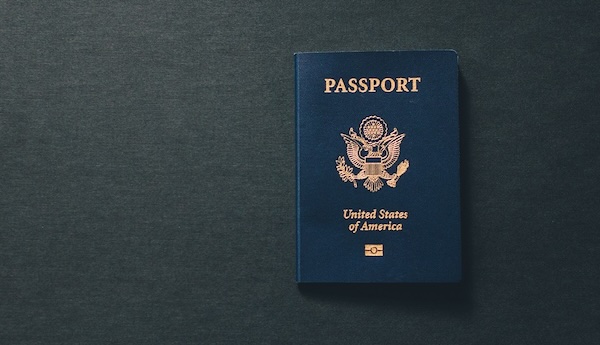Your ideal passport for travel
Posted by Natvisa Content Team | Updated on Jan 21, 2025
To ensure smooth international travel, passports must meet specific requirements regarding both validity and physical condition.
- Passport must be valid for at least six months beyond entry.
- Avoid damage to the barcode, personal details page, and stamping pages.
- Replace the passport if there is excessive wear or unreadable details.
- Use a protective case and store the passport safely.
- Replace damaged passports promptly, even during a trip if necessary.
Travelers who want to enter other countries quickly and efficiently need to have a passport that meets certain conditions.
There are two types of conditions that passports need to meet. Some have to do with the passport’s validity, while others have to do with its physical condition.
Here’s what all international travelers should know to make sure their passport is in good condition before they travel.

Passport validity for travel
It is always a good idea for a traveler to carry a passport that has more validity than they need it to. That way, if they end up in an emergency situation, they don’t need to worry about an expired passport on top of other problems. Many countries will not let a traveler enter if their passport is not valid for at least 6 months beyond their date of entry.
Travelers who do not have enough validity on their passports will need to apply for and obtain a new one before they take their trip.
The ideal passport condition for traveling
A traveler’s passport must also be in good condition before they travel. This expedites entry into some countries and helps maintain the document’s validity. Aspects of the passport’s condition that should be considered include the items on the list below.
Barcode
Most passports have a barcode. This can be scanned to get a digital copy of the visitor’s personal information.
This barcode must not be damaged. It must also be easy to see and not obscured or covered in any way.
Personal details page
Every passport contains a page that gives the traveler’s name and other relevant details. This page must be easy to read.
It must also be free from damage. Damage to this page means that the traveler needs to get a new passport.
Wear and tear
A bit of wear and tear is acceptable for a passport, but it cannot be extensive. If the passport has any ripped pages, it must be replaced before it can be used again. The passport must not become too curved, like from being bent inside a pocket. Some curve is acceptable, but they must not interfere with reading, scanning, or stamping the document.
Even acceptable wear and tear may cause delays. If it makes it harder to see details on the passport or obscures data, it may need more scrutiny before the traveler can enter another country.
Pages for stamping
Most countries want to stamp a passport on a fresh page. In fact, they may want two fresh pages: one for the entry stamp and one for an exit stamp. Some travelers can request additional pages for their passports. Others may need to replace the passport entirely once it becomes full.
Keeping a passport in superb condition
It is always best for travelers to present their passports in pristine condition. This allows for efficient processing and speeds up entry into and exit from countries. There are many options when it comes to protective carrying cases for passports. Some also have technology that blocks RFID scanners, so no one can steal passport information. Travelers should avoid carrying a passport in a pocket whenever possible. Instead, it should be stored flat inside a carry-on bag.
Travelers should designate a location for long-term passport storage when the document is not in use. This should be in a safe place that is protected from the elements, fire, and from accidental spills or damage. Finally, travelers should replace a damaged passport as soon as possible. If damage happens during their trip, they can get a new document at the nearest embassy or consulate in their home country.
An ideal passport makes travel easy
Travelers with an ideal passport - one that is valid and in great condition - will find traveling to be that much easier. Protecting a passport today means more efficient travel tomorrow!
Have questions? Contact a Natvisa expert right away
![]() This content has been reviewed
This content has been reviewed
The content on this page has undergone a thorough review by a Natvisa expert, ensuring its accuracy, relevance, and quality. Its important to always check with relevant authorities as entry policies can change.
See Natvisa content review process.